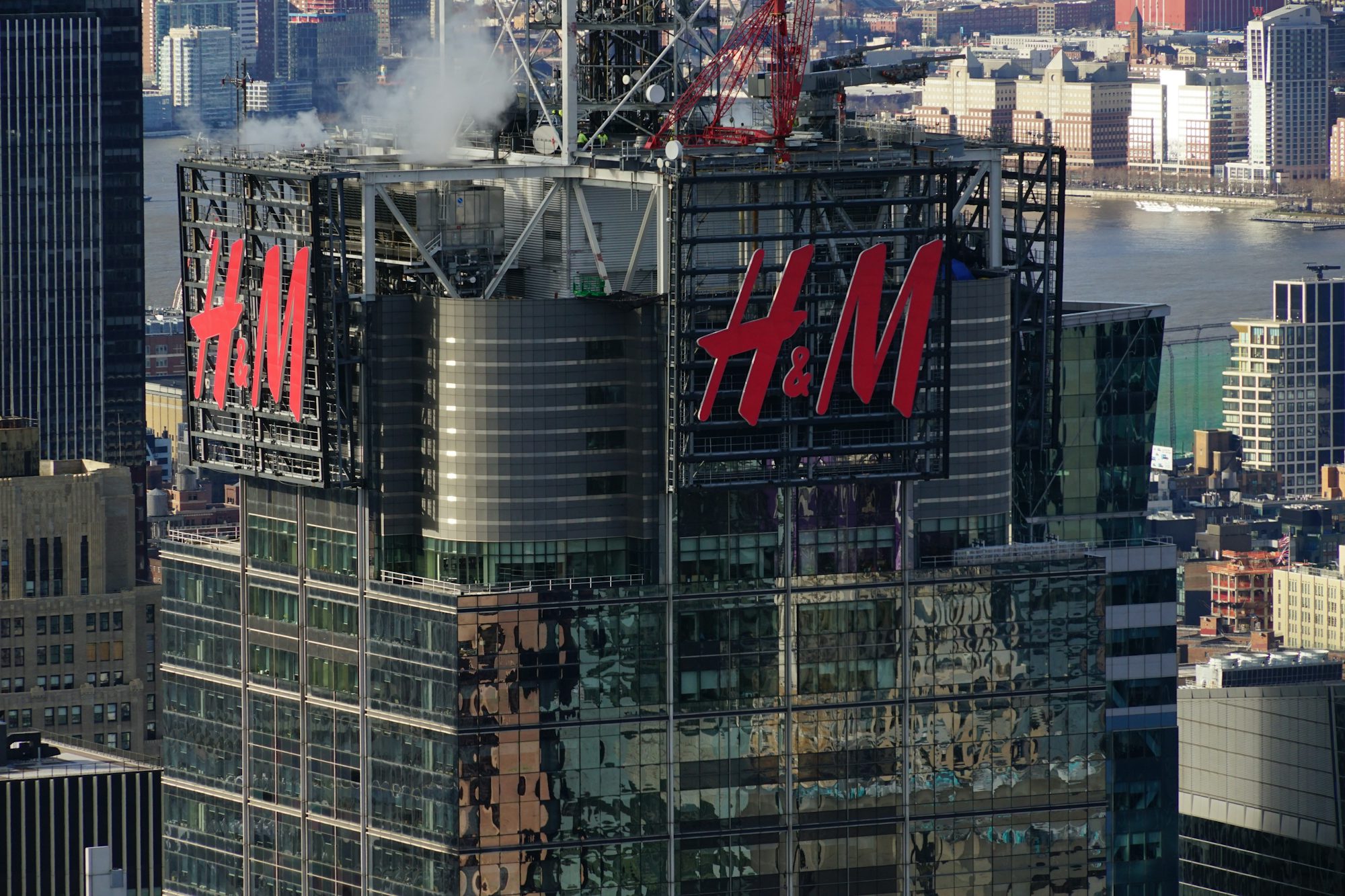Night markets, known for their vibrant atmosphere, rich history, and diverse offerings, have been a staple of urban life in various parts of the world, especially in Asia. These bustling hubs of activity bring together people of all ages to shop, eat, and socialize well into the night. From the bright lights and tantalizing smells to the crowded stalls selling everything from street food to handmade crafts, night markets offer an immersive experience that combines tradition with modernity.
The Origins of Night Markets
Night markets have a long history, with origins that can be traced back to ancient times in countries like China, Taiwan, Thailand, and South Korea. Traditionally, night markets were born out of necessity—street vendors set up temporary stalls in the evenings to cater to the demands of people who worked during the day. These markets allowed merchants to offer food, goods, and services after regular business hours, creating an alternative shopping experience for both locals and visitors.
In many Asian cities, night markets became a part of the fabric of urban life, offering a sense of community and camaraderie. They also provided an accessible, affordable way for families to purchase food, clothing, and other essentials. As the night market culture evolved, so did the variety of goods and services offered, with many vendors selling everything from fresh produce to electronics, fashion, and toys. This made night markets a convenient destination for people to socialize, shop, and experience the energy of the city after dark.
Today, night markets are still deeply rooted in tradition, but they have also become symbols of modernity and urbanization, reflecting the changing tastes and demands of consumers. They are no longer limited to food stalls or small vendors; modern night markets are places where entertainment, commerce, and culture intersect in exciting new ways.
The Appeal of Night Markets in the Modern World
Despite the rise of digital shopping platforms and traditional brick-and-mortar malls, night markets continue to attract huge crowds. What makes them so appealing? For one, night markets provide a unique sensory experience that cannot be replicated online or in a shopping mall. The vibrant colors, sounds, and smells create an atmosphere that is electric, where every corner seems to offer something new and exciting.
One of the most compelling aspects of night markets is the food. Street food is an integral part of the experience, and many night markets are famous for their delicious and diverse offerings. Whether it’s Taiwanese bubble tea, Thai pad Thai, or Japanese takoyaki, the food at night markets is often flavorful, affordable, and prepared right in front of your eyes. For foodies and adventurers alike, these markets offer an unparalleled opportunity to sample a wide variety of dishes in one place.
Additionally, night markets foster a sense of community and togetherness. They are often family-friendly, with entertainment options such as live music, carnival games, and cultural performances that attract people of all ages. The shared experience of wandering through the market with friends or family, tasting new foods, and enjoying the lively atmosphere creates a sense of connection among visitors.
For tourists, night markets provide a window into local culture. Unlike the uniformity of global chain stores, the vendors at night markets often sell products that reflect the unique identity of the region. Handmade crafts, traditional clothing, local artwork, and culturally specific souvenirs make night markets an authentic experience that allows visitors to immerse themselves in the local way of life. In this way, night markets offer a form of cultural tourism that is both enriching and entertaining.
How Night Markets Are Evolving in the Digital Age
In an increasingly digital world, it might seem that night markets would struggle to keep up with the rapid pace of technological advancements. However, far from disappearing, many night markets have embraced technology, incorporating modern tools to enhance the consumer experience and stay relevant to younger, tech-savvy shoppers.
One of the most significant changes is the adoption of digital payment systems. As mobile wallets and contactless payments become more commonplace, many night markets have switched from traditional cash transactions to digital platforms. This transition makes shopping at night markets more convenient for consumers, allowing them to make quick and secure purchases without the need for cash. Popular apps such as Apple Pay, Google Pay, and local mobile wallets like Alipay and WeChat Pay are now widely accepted in night markets, making it easier for international visitors and locals alike to make purchases.
In addition to digital payments, some night markets have embraced online platforms and social media to expand their reach and attract more customers. Many vendors now use Instagram, Facebook, and other social media networks to showcase their products and attract new customers. By posting high-quality photos and videos of their goods, vendors can engage with potential buyers before they even step foot in the market.
Night markets themselves have also developed their own online presence. Websites and mobile apps dedicated to specific night markets offer information on vendor locations, food stalls, entertainment schedules, and special promotions. These digital platforms allow consumers to plan their visits in advance and find out what’s available before they arrive. This shift toward online engagement helps bridge the gap between the physical market experience and the expectations of modern consumers who are used to browsing and shopping digitally.
The Role of Night Markets in Urban Life
Night markets have become integral to the cultural and social fabric of many cities around the world. In places like Taipei, Bangkok, and Hong Kong, night markets are a must-see attraction for both locals and tourists. In some cities, night markets operate as a form of economic regeneration, transforming once-neglected areas into vibrant hubs of activity. The presence of a thriving night market can breathe new life into a district, providing an economic boost to local businesses and contributing to the overall vitality of the city.
In many cities, night markets are also seen as a form of urban public space, where people can come together in an informal setting. These markets often occupy public squares or streets, allowing people to gather, relax, and enjoy the city’s nightlife. They offer an alternative to more formal or exclusive entertainment options, providing a democratic space where everyone, regardless of income or background, can participate.
Night markets also provide valuable opportunities for small businesses and entrepreneurs. These markets give local vendors a platform to sell their products, often with lower overhead costs than traditional retail outlets. For many small businesses, night markets offer the chance to test new products, reach a wide audience, and build a loyal customer base.
Challenges Facing Night Markets
Despite their many benefits, night markets are not without their challenges. One of the biggest issues is the threat of over-commercialization. As night markets become more popular, there is a risk that they could lose their authenticity and charm. In some cities, night markets have become overrun with chain businesses or large-scale commercial operations that overshadow the local vendors and detract from the unique experience.
Additionally, the growth of digital commerce has posed challenges for traditional night markets. As consumers increasingly turn to online platforms for convenience and variety, night markets must compete with the ease of shopping from home. To stay competitive, many night markets must adapt to the evolving expectations of consumers while maintaining the atmosphere that makes them unique.
Another challenge is the environmental impact of night markets. With thousands of visitors, food vendors, and product stalls, night markets can generate significant amounts of waste, including disposable packaging, food scraps, and plastic products. Some night markets are taking steps to address this issue by encouraging vendors to adopt eco-friendly practices, reduce plastic use, and promote sustainability.
The Future of Night Markets
Looking ahead, the future of night markets appears bright. As cities continue to grow and evolve, night markets will likely remain an essential part of urban culture, offering a space for community interaction, cultural exchange, and local commerce. By embracing new technologies while preserving their traditional roots, night markets have the potential to continue thriving in the digital age.
Night markets will also continue to play a key role in promoting local food cultures and fostering social connections. As consumers increasingly prioritize sustainability, authenticity, and local experiences, the appeal of night markets will only grow. With their combination of food, entertainment, and commerce, night markets are poised to remain a vital part of urban life for generations to come.





